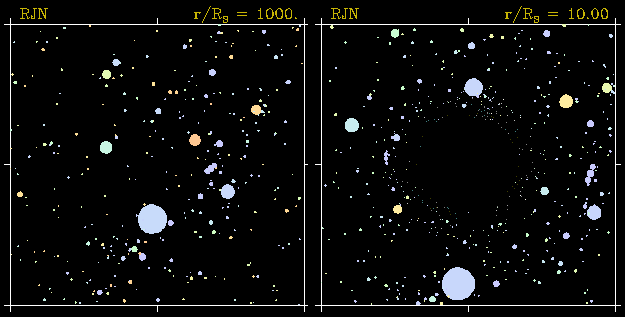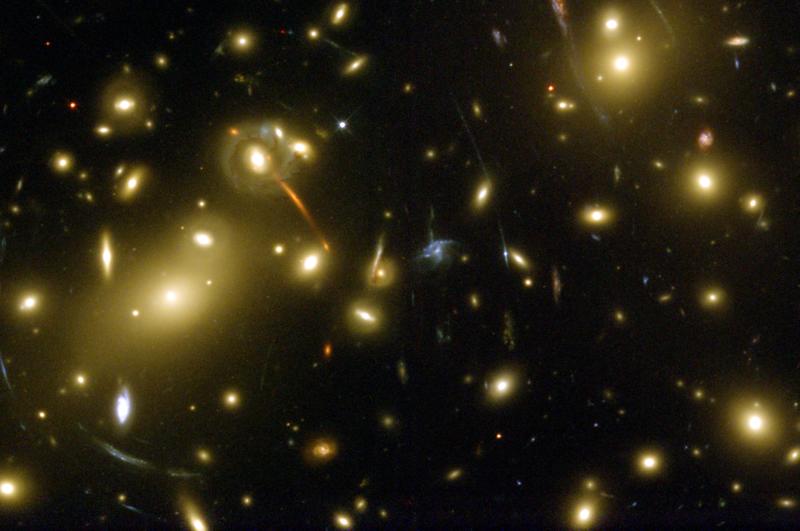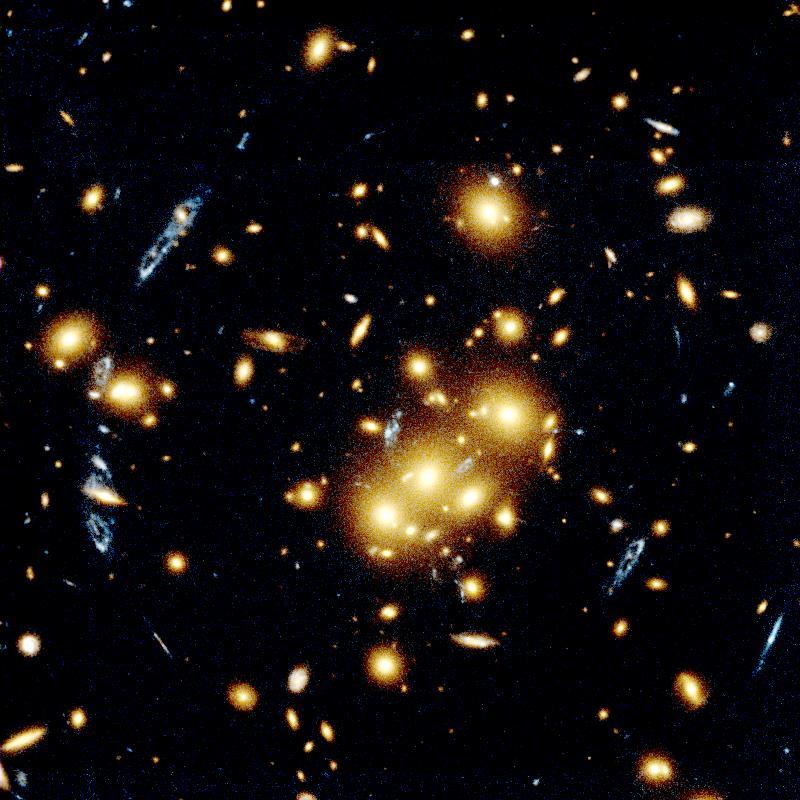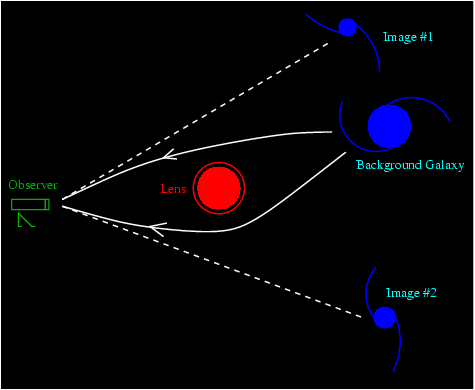 |
| [NASA/GSFC, GMU, R. Nemiroff] |
 |
| [NASA/HST, ESA, R. Ellis, J.-P. Kneb, A. Fruchter, the ERO Team] |

|
| [NASA/HST, W. Colley, E. Turner, J. Tyson] |
 |
| [NMSU, N. Vogt] |
 |
| [NASA/GSFC, GMU, R. Nemiroff] |
 |
| [NASA/HST, ESA, R. Ellis, J.-P. Kneb, A. Fruchter, the ERO Team] |

|
| [NASA/HST, W. Colley, E. Turner, J. Tyson] |
 |
| [NMSU, N. Vogt] |